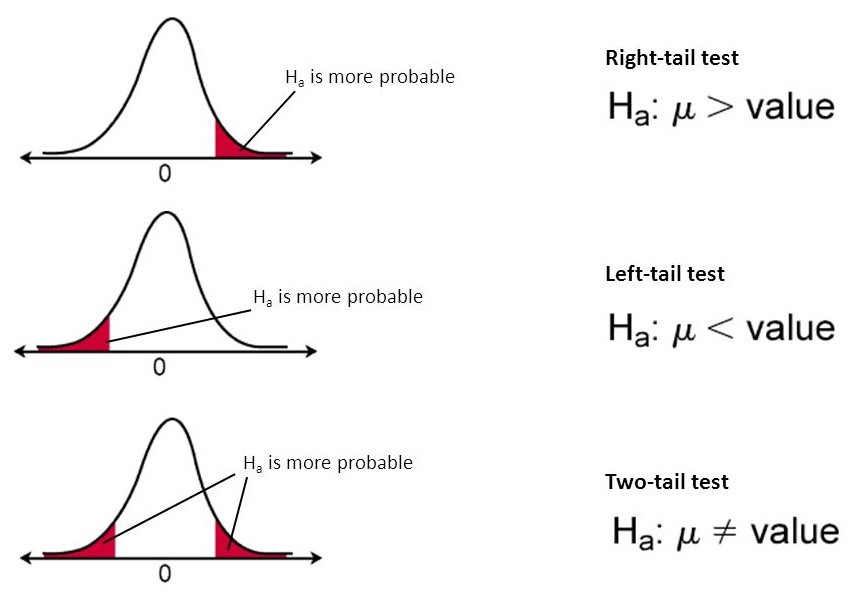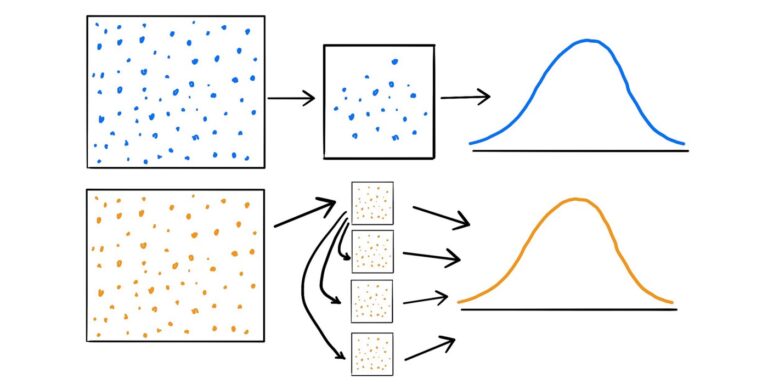Statistical Consulting and Data Science
Statistical consulting and data science are closely related fields that both involve the use of statistical methods and analysis for problem solving and decision making. Statistical consulting focuses on providing expert advice and guidance to clients, while data science focuses on using advanced techniques and tools to extract insights and knowledge from data.
Learn about the methods
Hypothesis testing

Hypothesis testing is a statistical method that is used to determine whether a hypothesis about a population parameter is true or not. In hypothesis testing, a researcher will first form a hypothesis about a population, and then collect data from a sample of that population to test the hypothesis. The data is then analyzed to see if it supports the hypothesis or not.
The goal of hypothesis testing is to make a decision about the population based on the sample data, and to do so in a way that minimizes the chances of making a mistake. By carefully designing and conducting a hypothesis test, researchers can draw conclusions about the population with a high degree of confidence.
Methods used
- Mann-Whitney test
- Wilcoxon signed-rank test
- Student test
Regression models
Regression models are a type of statistical model that is used to predict a continuous outcome variable based on one or more predictor variables. In data science, regression models are often used to analyze the relationship between different variables and to make predictions about future observations. Regression models can be simple, with just one predictor variable, or complex, with multiple predictor variables.
The goal of regression modeling is to identify the best-fitting model that describes the relationship between the predictor and outcome variables and to use this model to make accurate predictions about future observations. By using regression models, data scientists can gain valuable insights into complex data sets and make more informed decisions.
Linear and non linear regression models
One of the key differences between linear and nonlinear regression models is the form of the relationship between the dependent and independent variables. In a linear regression model, the relationship between the dependent and independent variables is modeled as a straight line, while in a nonlinear regression model, the relationship is modeled using a more complex functional form. This means that, in general, nonlinear regression models are more flexible and can capture more complex relationships between the variables than linear regression models.
Another important difference between linear and nonlinear regression models is the way in which the model parameters are estimated. In linear regression, the model parameters are estimated using a simple least squares approach, which can be solved analytically. In contrast, nonlinear regression models often require more complex optimization algorithms to estimate the model parameters, which can be computationally intensive.
Overall, the choice of whether to use a linear or nonlinear regression model depends on the specific nature of the data and the relationship between the dependent and independent variables. In general, linear regression models are a good starting point, but nonlinear regression models may be necessary to capture more complex relationships in the data.
Bootstrap

Bootstrap is a powerful tool in data science that allows for efficient resampling and statistical analysis of data. It involves randomly selecting subsets of data, known as “bootstrap samples,” and using them to calculate statistical estimates such as means and standard errors.
This method provides more accurate and robust results compared to traditional statistical techniques, especially when dealing with small or non-normal datasets. Bootstrap has become a widely-used technique in data science, helping researchers and analysts make more informed decisions based on their data.
